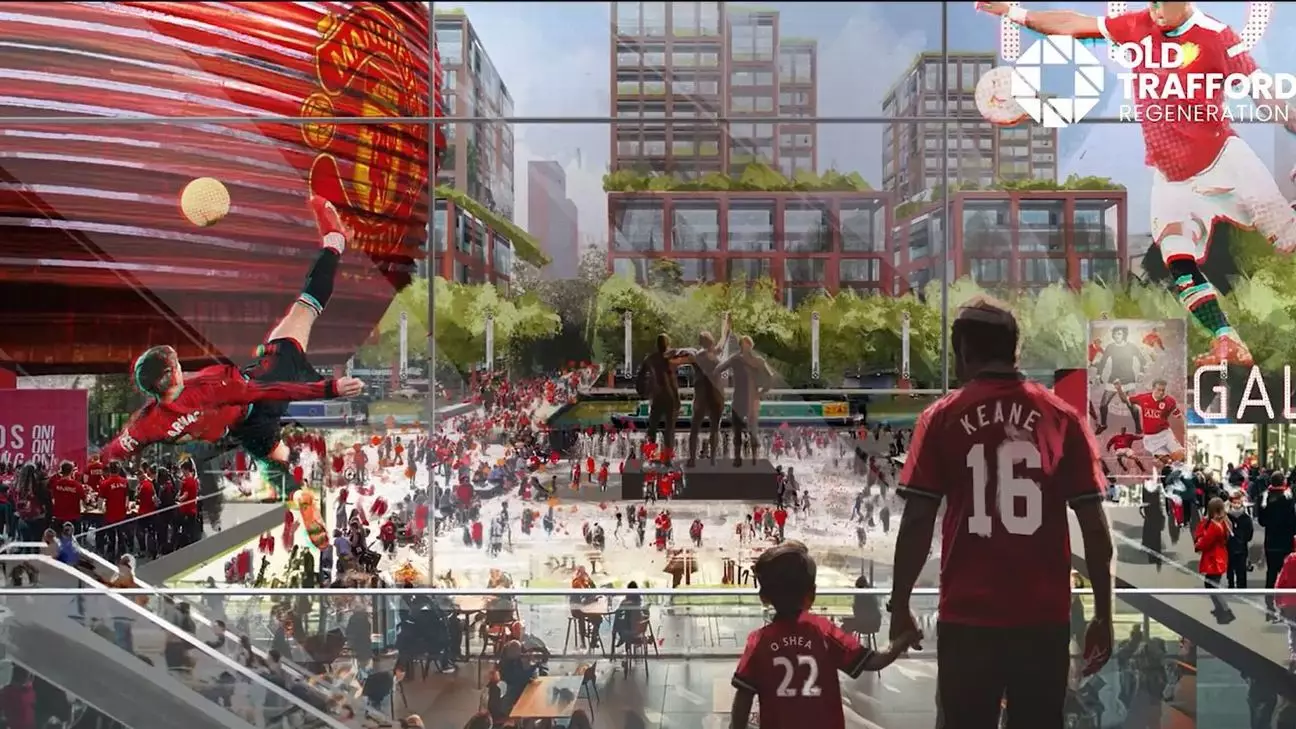The historic football club Manchester United is on the verge of a significant transformation with renewed government support for the redevelopment of their iconic stadium, Old Trafford. Chancellor Rachel Reeves recently declared her backing for the project, emphasizing a sweeping reform of the UK planning system aimed at promoting revitalization and growth in communities. This governmental endorsement symbolizes a pivotal moment for the club, suggesting a united front between sports, local authorities, and the government toward urban regeneration.
This initiative is not merely about improving the stadium itself; it heralds the potential for a broader revitalization of the surrounding neighborhood. The government envisions a comprehensive regeneration project that promises to introduce new housing, commercial spaces, and public amenities in the Old Trafford area. Such developments are crucial for invigorating local economies and fostering community engagement, thereby expanding the local infrastructure beyond just football.
Omar Berrarda, the Chief Executive of Manchester United, expressed enthusiasm for the government’s endorsement, highlighting the mutually beneficial relationship between the club and its local environment. Berrarda stated that a new world-class stadium could serve as a driving force for reinvigorating Greater Manchester, emphasizing that the club alone cannot shoulder this endeavor. His thoughts reflect an understanding that holistic growth requires collaboration among all stakeholders, including local government entities.
The dialogue around this redevelopment further emphasizes the importance of local governance, with the potential establishment of a mayoral development corporation—a body designed to facilitate strategic planning and investment in regional projects. This collaborative effort could maximize the region’s potential, creating a project that is not only significant for sports enthusiasts but also beneficial for the entire community.
New Stadium vs. Renovation: A Pragmatic Dilemma
Despite the optimism surrounding this undertaking, key decisions remain. Reports indicate that Manchester United is inclining towards constructing a brand-new stadium, potentially with a capacity of 100,000 seats. This option, however, comes at a high financial and operational cost: estimates suggest a price tag upward of £2 billion and a timeline stretching over six years.
Conversely, the club is also considering upgrades to the current Old Trafford facility, which could enhance its capacity to 87,000. Each option presents its own set of challenges and implications. While a new stadium promises modern amenities and expanded capacity, a renovation could preserve the storied legacy of Old Trafford, appealing to a loyal fanbase deeply connected to the historic venue.
Ultimately, the decision—expected before the summer—will set the course for both Manchester United and the Greater Manchester area. A carefully considered approach could ensure that whatever choice is made aligns with the community’s needs and aspirations while reinforcing the club’s standing as one of the world’s footballing giants.
With stakeholders rallying around this transformative project, Manchester United stands at a crossroads. The government’s active involvement underscores the potential for large-scale collaborations that can transform not just a football club but an entire community. As discussions unfold and plans take shape, the goal remains clear: to create a vibrant, renewed Old Trafford that reflects the proud heritage of the club while propelling it—and its community—into a prosperous future.

Leave a Reply